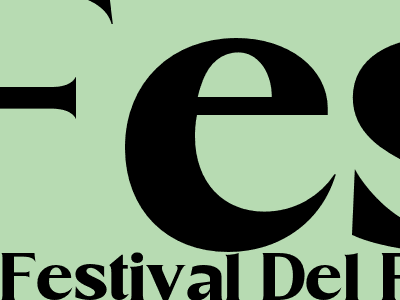A Comprehensive Guide to the Enchanting Festival del Pan de Muerto
Unveiling the Rich History and Cultural Significance
The Festival del Pan de Muerto, an enchanting celebration deeply rooted in Mexican tradition, pays homage to the beloved pan de muerto, a sweet bread adorned with intricate designs that symbolize the cycle of life and death. Originating from pre-Hispanic festivities honoring the departed, this festival has evolved into a vibrant cultural tapestry that seamlessly blends ancient rituals with contemporary elements.
The Origins: Honoring the Departed
The festival traces its roots to the Aztec era, when indigenous communities celebrated the festival as a tribute to Mictecacihuatl, the goddess of the underworld. Offerings of pan de muerto, then known as tzoalli, were believed to guide the spirits of the deceased back to their families during the festival.
Exploring the Symbolism: Bread of Life and Death
The pan de muerto, the centerpiece of the festival, is a round bread typically adorned with dough strips that represent bones and a skull on top, symbolizing life and death. The bread's sweet taste and soft texture signify the sweetness of life, while the skeletal decorations represent the acceptance of mortality.
The Ingredients: A Blend of Tradition and Flavor
Pan de muerto is a delectable treat crafted from a combination of flour, water, sugar, yeast, and anise seeds. Anise, with its distinctive licorice-like flavor, holds cultural significance in Mexican cuisine and is believed to have medicinal properties.
The Rituals: A Journey Through Traditions
The festival is observed with a diverse array of rituals, including the creation of elaborate altars adorned with pan de muerto, flowers, candles, and photographs of deceased loved ones. Families gather to share stories and memories of the departed, fostering a sense of connection and remembrance.
The Variations: Regional Delights
Across Mexico, the pan de muerto takes on unique variations. In the vibrant state of Michoacán, the bread is known for its large size and is decorated with colorful sugar skulls. In Oaxaca, the bread is adorned with intricate designs made from dough, while in Puebla, it is often filled with a sweet pumpkin paste.
The Evolution: A Celebration in Transformation
Over the centuries, the Festival del Pan de Muerto has undergone a dynamic evolution. While the core traditions remain, contemporary elements have been infused into the celebration, including parades, festivals, and artistic performances that showcase the creativity and dynamism of Mexican culture.
Source: Festival del Pan de Muerto: Exploring Mexico's Feast of the Dead
Comments